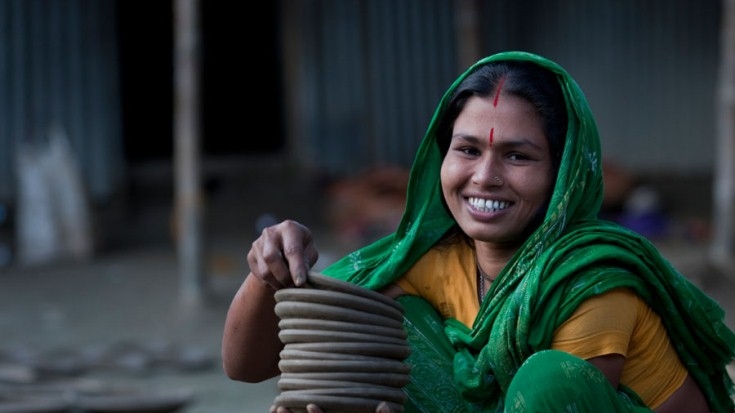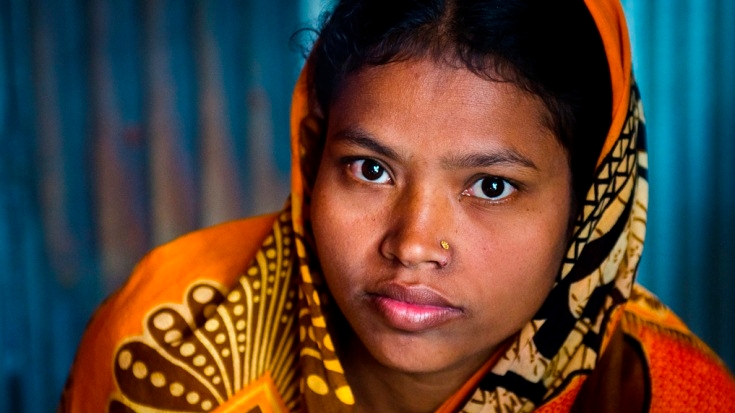Bangladesh has steadily improved its social and economic indicators. However, poverty continues to be a substantial and stubborn problem in Bangladesh, where about 47 million people still live in poverty and 26 million people in extreme poverty. Floods and cyclones frequently cause severe damage to lives and livelihoods, especially to the poor women who remain particularly vulnerable. The Empowerment and Livelihood Improvement Project, known as Nuton Jibon project, aims to improve the livelihoods and quality of life of the rural poor, especially the poorest and most vulnerable households.
Challenge
Rural poverty continues to be significantly higher and more extreme than urban. While the decline of extreme poverty in rural areas has been impressive - from 37.9 percent in 2000 to 21.1 percent in 2010 - the poverty level remains almost three times than that of urban areas. Extreme poverty continues to be a rural phenomenon and the poorest in the poorest regions are also less able to cope with shocks such as natural disasters. Rural poverty and food security thus remain critical development challenges with the need for growth to be inclusive and pro-poor.
Approach
The Nuton Jibon project supports poor and ultra-poor of 3,262 villages in 16 of the poorest districts of Bangladesh through community financing for livelihood support, community infrastructure, and skills development training for youth. The project builds on its predecessor, the Social Investment Program Project, and focuses on empowering the poor and strengthening community-level organizations. Ninety-five percent of the project beneficiaries are women who also occupy most decision making positions in village institutions. Women, through the participation in the project, are also increasingly becoming decision makers in their households. The project focuses on reducing the vulnerability of the poor to risks by enhancing skills to increase employment opportunities as well as supporting small-scale, demand-driven community investment sub-projects that are prioritized, implemented, and managed directly by the rural poor.


